Throughout history Durham’s beautiful landscapes, bustling industry and welcoming people have inspired poets, writers and artists from across the world.
National Poetry Day seems like the perfect opportunity to take a look at some of the county’s fascinating links with renowned poets, painters and literary greats.
Sir Walter Scott
Sir Walter Scott frequently visited his friend JS Morritt, where he would stay at Rokeby Hall in the Durham Dales. Scott loved exploring the county, especially the rolling countryside of Teesdale and Weardale
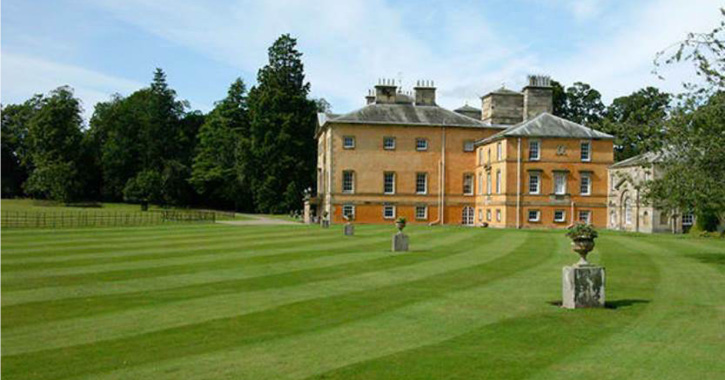
The Palladian-style Rokeby Hall provided the setting for Rokeby - Scott’s epic poem from 1813. Scott commissioned friend Turner to paint 20 watercolours to accompany the poem, which included the Meeting of the Waters (where the Tees meets the Greta) and Egglestone Abbey.
Any poetry lovers enjoying a walk along the river banks in Durham City, must pay a visit to Prebends Bridge where you can see Sir Scott’s famous ‘Grey Towers of Durham’ poem inscribed into the bridge.
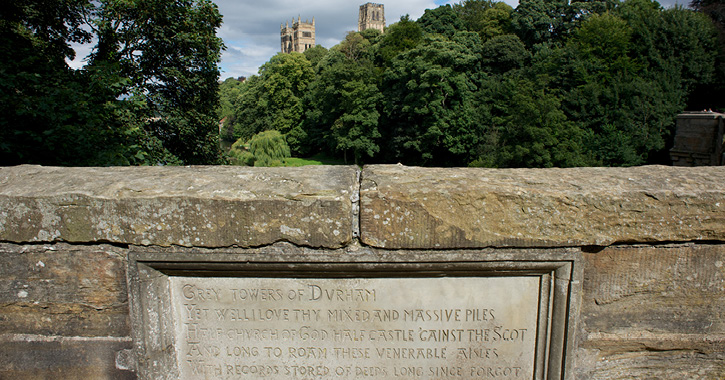
Lord Byron
Regarded as one of the greatest ever English poets – the infamous Lord Byron married the beautiful Anne Isabella Milbanke at Seaham Hall on the Durham Coast in January 1815. The grand Georgian country house is now a five-star luxury spa hotel overlooking the rugged Durham coastline. Visitors can even stay in the beautiful Ada Lovelace suite – named after Lord Bryon’s brilliant mathematician daughter, the luxury suite is the very room where Lord Byron got married.
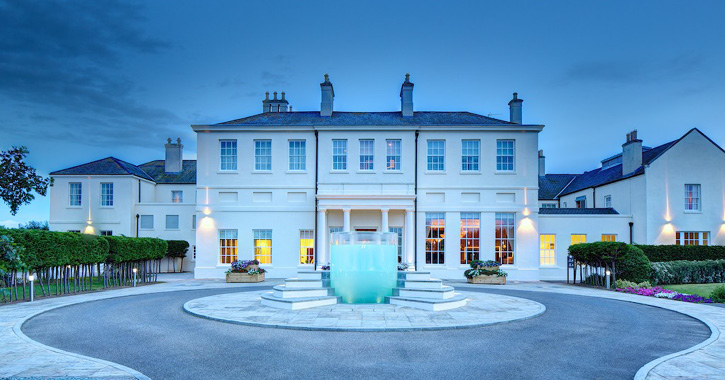
Charles Dickens
During 1838, the great Charles Dickens visited Barnard Castle in the Durham Dales while researching his novel – Nicholas Nickleby. Throughout his visit Dickens found lots of inspiration, especially from the grand buildings and colourful characters he encountered.
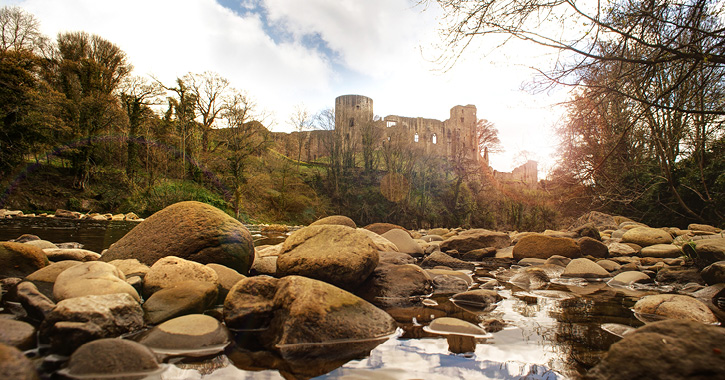
William Shaw, the head of the Shaw Academy was the inspiration behind tyrant schoolmaster Wackford Squeers. Mr Shaw was prosecuted when several pupils went blind due to unsanitary conditions at the school. Nowadays the school has been transformed into private flats which bear a wooden plaque which reads "Dotheboys Hall, immortalised by Charles Dickens in Nicholas Nickleby."
The grave of George Ashton, a schoolboy who died whilst attending Shaw Academy inspired the character Smike – the boy who ran away from the horrors of Dotheboys Hall in the novel. And he even named his weekly threepenny publication - Master Humphrey's Clock after visiting William Humphrey’s clock makers shop.
Visitors to Barnard Castle today can get a glimpse of the real Master Humphrey’s clock, an original 6ft case-clock made by Humphrey in 1830 at The Bowes Museum.
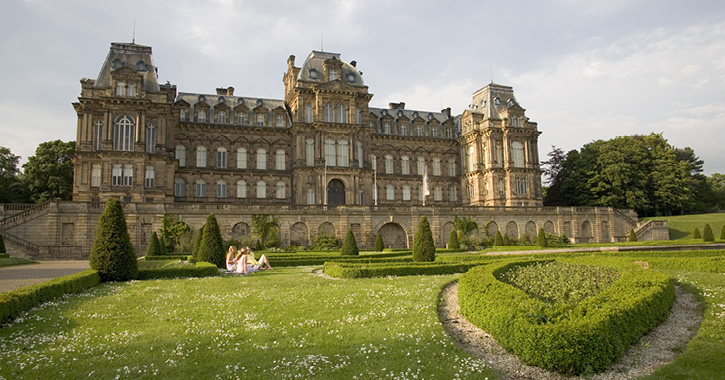
JMW Turner and John Sell Cotman
Durham’s stunning landscapes have inspired many artists through the ages, including the painter of light himself JMW Turner and celebrated landscape artist John Sell Cotman.
![J. M. W. Turner [Public domain]](/dbimgs/J_ M_ W_ Turner [Public domain].jpg)
The master painters visited Durham towards the end of the 18th and beginning of the 19th Centuries. During which they painted many of the county’s breath-taking landscapes and iconic buildings found in the Durham Dales and Durham City, including High Force, Raby Castle and Durham Cathedral.
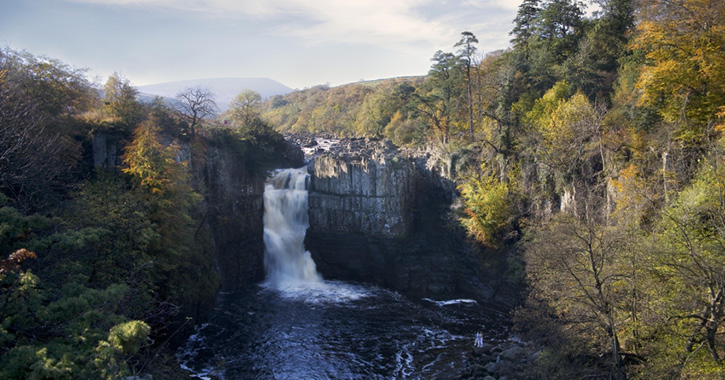
Follow in Turner’s footsteps and see these inspiring locations for yourself with our Turner Trail.
Norman Cornish MBE
One of the most celebrated British artists of all time, Norman Cornish was born into the mining town of Spennymoor, in the Vale of Durham on 18 November 1919. He was famous for capturing the lives of local people in mining communities where he lived and worked.
After 33 years of working down the pit, he left his job to become a professional artist, becoming one of the most distinguished artists to emerge from North East England. His works have been on display at various exhibitions, and his works are now sought after around the world.
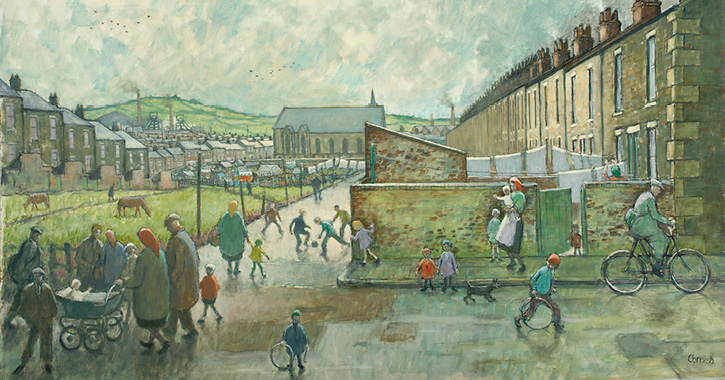
Throughout 2019 galleries and art venues across the county are celebrating the centenary of the artists birth with a series of exciting exhibitions.
Did you know?
- One of the most prominent poets of the Victorian era - Elizabeth Barrett Browning was born in Durham in 1806. She went on to marry English Poet Robert Browning and is best remembered for such poems as How do I love thee and Aurora leigh.
Related
Comments
Comments are disabled for this post.



 to add an item to your Itinerary basket.
to add an item to your Itinerary basket.
.png)





